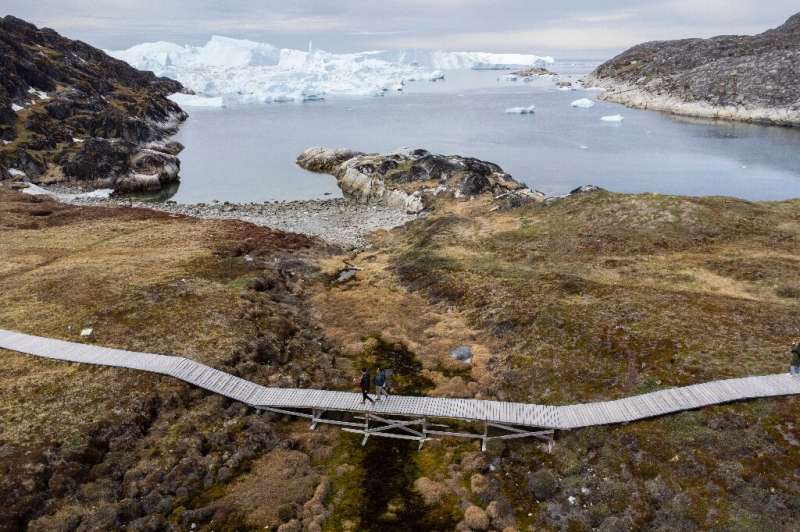
A mile-thick ice sheet in Greenland vanished around 416,000 years ago during a period of moderate natural warming, driving global sea rise to levels that would spell catastrophe for coastal regions today, a study said Thursday.
The Camp Century core was taken only 800 miles from the North Pole, with the study showing the entire region would have been covered in vegetation.
This took place in a time of natural warming called an interglacial period, when temperatures were similar to today, around 1.8-2.7 degrees Fahrenheit (1-1.5˚C) warmer than the pre-industrial era.
The team’s modeling showed that the ice sheet melting would have caused between five and twenty feet of sea level rise at that time (1.5 to 6 metres).
Atmospheric levels of heat-trapping carbon dioxide are currently 420 parts per million (ppm) against 280 ppm during Greenland’s ice-free period, and this will remain in the skies for thousands of years.
“We’re doing a giant experiment on Earth’s atmosphere, and we don’t know the results of that experiment,” said Bierman. “I don’t take that as ‘Oh my god the sky is falling,’ I take that as we’ve got to get it together.”